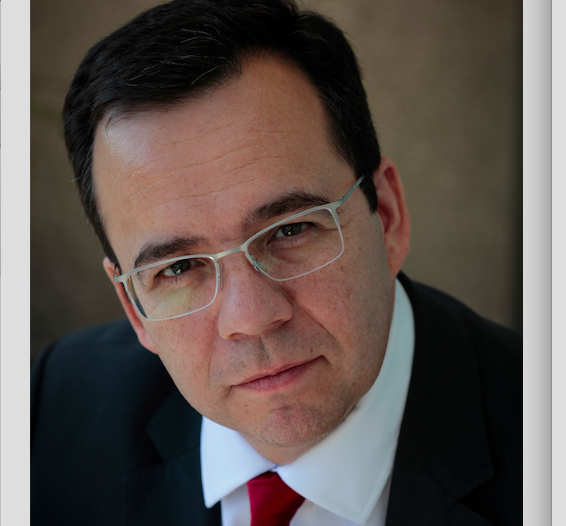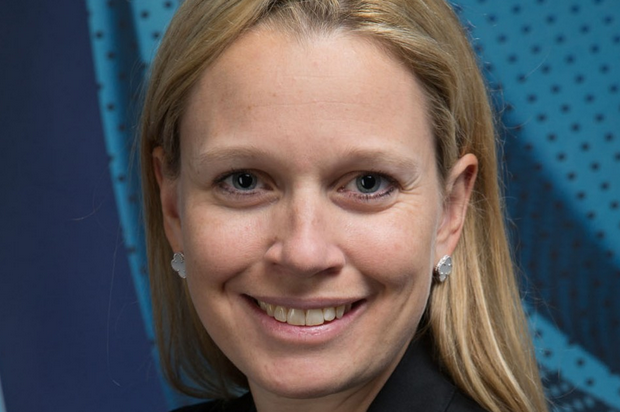Repurchasing Confidence: The Potential Benefits Of Stock Buybacks
| By Fórmate a Fondo | 0 Comentarios

There’s no substitute for a well-run company with solid fundamentals, steady earnings growth and a seasoned management team. But investors in even the most profitable firms are always looking to add value. Two commonly used methods for bolstering corporate shareholder value are dividends and stock buybacks.
A company may decide to repurchase outstanding stock for many reasons — to telegraph confidence in the company’s financial future, return cash to investors in a tax-efficient manner (shareholders typically pay taxes on dividends) or simply to reduce the number of shares outstanding. In some cases, buying back shares just makes good financial sense – particularly when a company’s stock is trading at a discount, explains Thomas Boccellari, Fixed Income Product Strategist at Invesco.
A positive buyback performance track record
For these same reasons, investors may wish to consider companies with a propensity for repurchasing shares. A company stock repurchase is like reinvesting a dividend without incurring taxes.
“Consider also that the shares of companies that repurchase stock have tended to outperform and exhibit lower volatility than the broader market. In fact, studies show that buyback announcements have historically led to a 3% jump in stock price on average, and that the subsequent average buy-and-hold return over four years was 12%” points out the strategist.
And he adds, “the chart below shows the dollar amount of share buybacks for companies within the S&P 500 Index since 2004, as well as the performance of the NASDAQ US BuyBack Achievers Index relative to the S&P 500 Index. A rising orange line indicates that the NASDAQ US BuyBack Achievers Index (BuyBack Index) outperformed the S&P 500 Index; when the orange line is falling, the BuyBack Index underperformed the S&P 500 Index”.
So, according to the expert, while past performance is not a guarantee of future results, you can see that when the dollar amount of buybacks increased, as shown by the purple line, the stock of companies that repurchased shares (as measured by the BuyBack Index) generally outperformed the S&P 500 Index. Conversely, when the dollar amount of buybacks decreased, the stock of companies that bought back shares generally underperformed the broader market.
The benefits of international buyback shares
While stock buybacks have long been popular as a means of returning cash to shareholders in the US, they are also gaining favor internationally — particularly in Japan and Canada, poins out.
“Investing in international companies with a history of buying back outstanding shares offers the added advantage of international exposure — including geographic diversification and, in some cases, more attractive valuations than US-based companies. With both interest rates and stock valuations currently low, I believe international companies will increasingly view share repurchases as a sound investment proposition and a means of enhancing shareholder value”, concludes.
The PowerShares International BuyBack Achievers Portfolio tracks the NASDAQ International BuyBack Achievers Index and provides diversified exposure to international companies that repurchase their own shares.



















